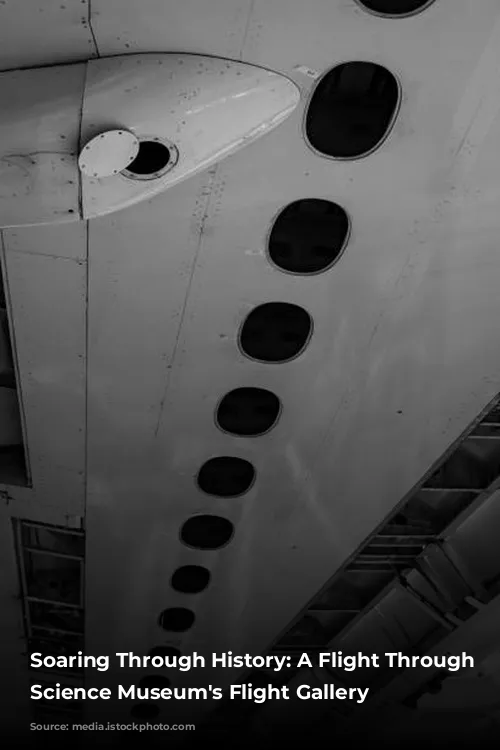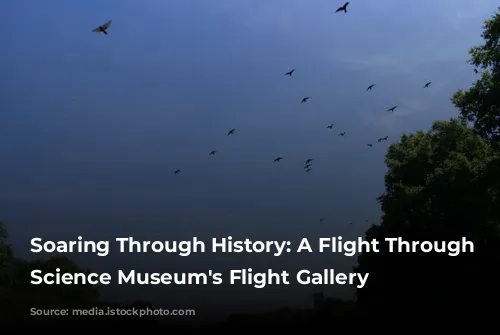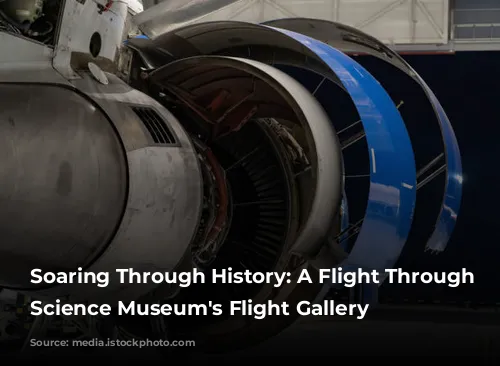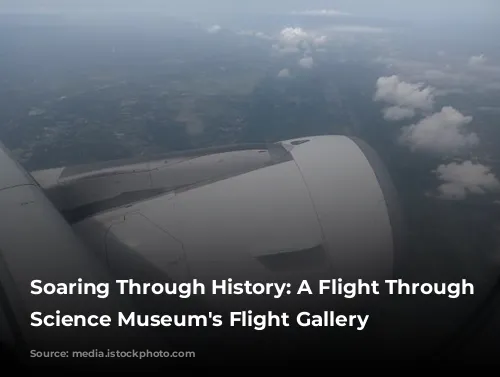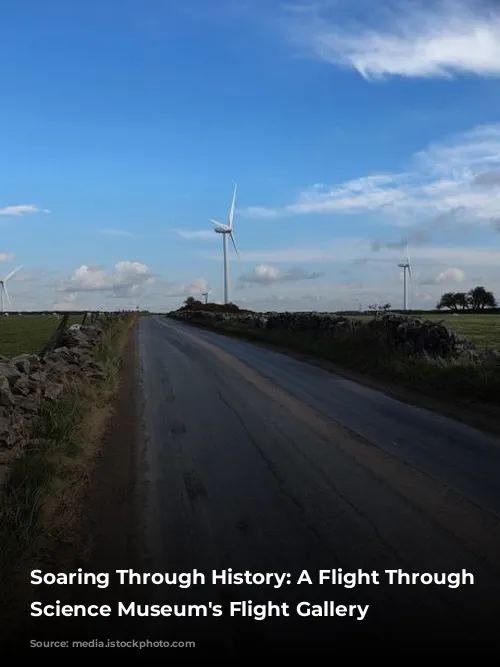Prepare for takeoff! The Science Museum’s Flight Gallery is an absolute must-see for anyone interested in the fascinating world of flight. Imagine stepping into a real aircraft hangar filled with iconic machines that have shaped our skies. This gallery is a true treasure trove of aviation history, showcasing some of the most important and impressive examples of human flight.
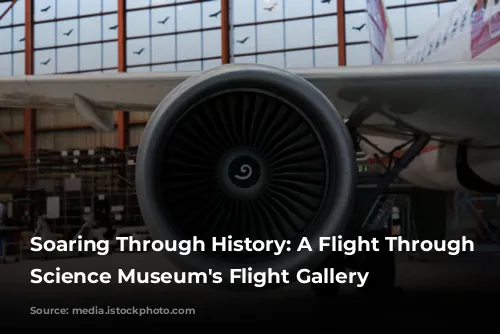
A Journey Through Time
The Flight Gallery, located on the third floor of the Science Museum, is a must-visit for anyone with even a passing interest in aeroplanes and flight. It’s best to visit this gallery first, before exploring the rest of the museum. Trust me, you won’t want to be too tired to fully appreciate this amazing collection.

A Glimpse into Aviation’s Golden Age
The gallery is home to a wealth of incredible exhibits, each telling a unique story of human ingenuity and innovation. Let’s take a closer look at some of the highlights:
Spitfires and Hurricanes: These iconic World War II fighters are legendary for their roles in the Battle of Britain, and the gallery proudly displays one of each. The Hurricane on display even participated in the Battle of Dunkirk! This early model features fabric covering over its wings, a nod to the early days of aviation when wood, fabric, and string were the primary materials.
Stuka: The Spitfire and Hurricane’s main adversary during the war, the Stuka dive bomber was a formidable machine. Its sophistication pushed the British to improve their aircraft design, resulting in some of the most advanced airplanes of the time.
Hawker P1127: This prototype aircraft looks surprisingly similar to the modern Harrier jump jet, but it predates its famous descendant by decades. Developed in the 1960s, the P1127 was the first aircraft to achieve vertical takeoff, a groundbreaking achievement that paved the way for the future of aviation. It’s a spectacular sight, suspended in the hall with its thrusters in the hover position, giving the impression that it’s floating effortlessly.
Boeing 747: You can’t miss the giant section of a Boeing 747 at the end of the gallery. It looks like a whale’s open jaw at first glance! This iconic jumbo jet is still in use today, and the section on display is a testament to the engineering marvel that it was.

From Balloons to Jet Planes
Beyond the awe-inspiring aircraft, the Flight Gallery also showcases the early days of aviation. A replica of the first public hot-air balloon by the Montgolfier brothers is a reminder of the pioneering spirit that led to modern aviation.

A Sensory Experience
The Flight Gallery is more than just a collection of exhibits – it’s a full sensory experience. The dimly lit space creates a dramatic atmosphere that highlights the aircraft in a truly captivating way. Spotlights illuminate each exhibit, drawing your attention to their intricate details.
The gallery’s layout is incredibly visitor-friendly. There’s a high walkway that allows you to see the hanging aircraft from a unique perspective. The ground floor is open and spacious, making it easy to move around, even with a stroller or wheelchair.
And then there’s the scent of oil, a subtle reminder of the raw power and mechanical marvels that surround you. It adds an authentic feel to the experience.

Beyond the Aircraft
The Flight Gallery isn’t just about planes. It also displays a diverse collection of aviation-related artifacts, including medals, helmets, masks, model aircraft, and even decorated snuff boxes and teapots. These objects tell the stories of pilots, engineers, and designers who helped shape the history of flight.

A Must-See Experience
Whether you’re an avid aviation enthusiast or simply curious about the history of flight, the Science Museum’s Flight Gallery is a must-see. It’s a truly captivating and inspiring experience that will leave you wondering about the possibilities of the future of aviation.
